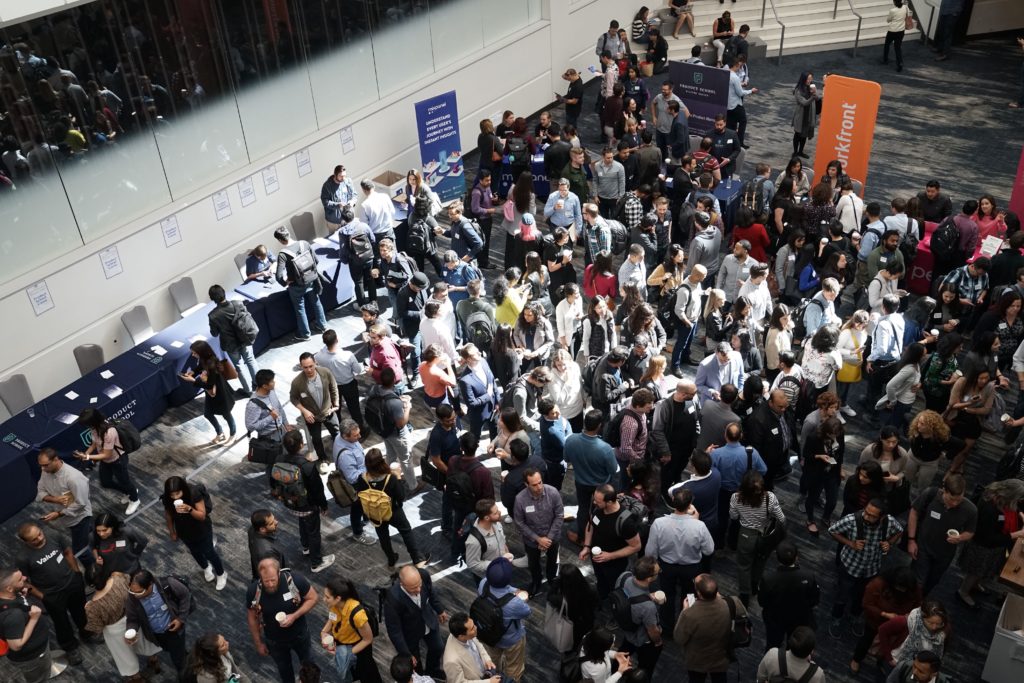The pandemic forced many conferences to cancel but some chose to go virtual. A virtual conference is not the same, and you miss the opportunity to meet new people from across the world. But how can virtual conference options be leveraged to benefit the next generation of architects?
I’m still a young professional (registered, 6+ years of experience) and in my first year at a large firm. Virtual conferences in 2020 gave me the opportunity as a young professional and new employee to attend a conference regarding a specialty that I want to focus my career on and learn. It’s much easier to get these approvals and fits into my schedule. The benefits:
- No need to travel
- Evenings at home with my family
- Attend some live presentations.
- Watch recorded sessions during on and off hours, as my schedule permitted.
- Significantly lower cost to my firm.
- Only 6-8 hours of my working hours over a month’s time
All this while keeping up with all my work and not miss any meetings. A small expense for my company which gave me the opportunity to learn and grow as a professional. A more traditional in-person conference could have required missing a week’s worth of work traveling and attending the conference, cost to travel to the location, price for hotel, and expensing meals. Virtual conferences could save firms thousands in overhead expenses while also increasing employee knowledge.
Breaks Down the Financial Barrier
Traditionally, more senior professionals tend to attend conferences and are typically encouraged to present at them. It is less common for architectural firms to send young professionals across the country to more technical or specialty focus conferences. There are many factors that each firm considers before sending professionals to a conference as it is fairly costly between the conference fees, travel, lodging, food, etc for each person.
However, forcing conferences to be virtual has broken down many of these traditional boundaries holding firms back from sending multiple people or younger staff to conferences. The virtual conferences that occurred in 2020 typically only had the cost of the conference attendance fee. This greatly reduces the total cost of attending so greatly that it opens up the doors for others.
Time Commitment is Manageable
Virtual conferences also opened up the opportunity for attendees to be able to attend live or watch the recording. By having these options, it breaks down the barrier of requiring someone to be available 3-4 full days straight to attend. For more senior professionals, you don’t need to miss important client meetings that you need to attend. Recording sessions to watch for a specific duration of time beyond the “end” of the conference also allows attendees to watch presentations over multiple weeks. This means that you can spread out 3-4 packed days of conferences over multiple weeks. And if you are anything like me, after at my first in-person conference by the end of the day of presentations my brain was overloaded. Or two presentations that you really wanted to attend are at the same time so you have to miss one. The recorded session options allow you to attend both! One live and the other recorded.

Broaden Your Reach
The barrier above plus the physical space available are some of the restraints conferences face. What if conferences had an in-person and virtual options? Conferences can still reach their typical numbers, but how many more people can they reach by expanding opportunities. You can connect with young professionals that have the passion but not the years of experience to justify a firm expensing sending them in person, yet. You will entice those that can’t financially support the travel and lodging expenses to get there. You are able reach those professionals that may simply not be able to attend in person due to other time commitments.
Networking
Granted there is a drawback with not attending in person. Virtually, you can’t meet someone sitting next to you before a presentation starts, between presentations, during morning breakfasts, lunch hours, evening happy hours, or in an exhibit hall. However, there are alternative ways to connect conference attendees virtually. Something simple conferences could add are virtual subject specific table talks that people can “sit down” and talk with a small group. It is not quite the same as a happy hour, but it is a way that could bring together people to network, discuss ideas/issues they are interested in, and overall bringing people together with a common interest.
If you are in charge of a conference in 2021, how are you going to approach it?
If you are a young professional, are you going to take advantage of these virtual conferences breaking down your barriers of entry?
Written by
Katelyn Rossier, AIA, LSSBB


